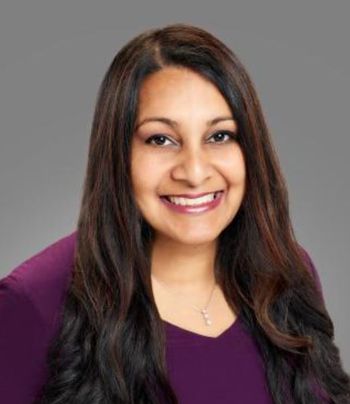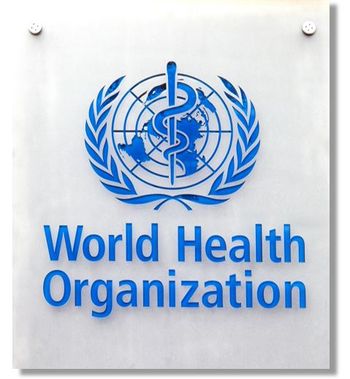
Provider-Patient Communication: How Better Conversations Can Support Better Outcomes
Obesity medicine specialist, Karli Burridge, PA-C, MMS, discusses how and why physicians can further support and engage patients with obesity through the art of communication.
As health care providers, there is no question that we are in a people business. But the nature of our relationships with our patients often means that we communicate as authorities or experts and are put in the position to hand down diagnoses and treatment plans.
It is an essential part of the work, but we may seem to be speaking to, rather than conversing with, our patients. To be most effective at our job, we need to use the art of communication to help our patients feel engaged in the work we do together.
The Case for Communication
In obesity medicine, as is true in many medical specialties, the success or failure of our treatment programs is largely dependent on what our patients do outside the office and the information they share with us during our time together. Weight is a sensitive topic that often comes tinged with shame and preconceptions. If our patients do not trust us, we run the risk that they will tell us what we want to hear rather than share any challenges that will help us make adjustments.
While tough conversations are never easy, navigating them does become more effective with practice and the perspective that everyone will benefit. For their part, patients are much more likely to follow advice if they are part of the decision-making process. Meanwhile, health care providers are better able to provide the best guidance possible with a more complete picture of each patient as an individual. To get there, we need to ask patients about the potential barriers they face and seek to understand their circumstances and needs, as well as the clinical information in front of us.
Make It Collaborative
The best way to build a rapport with patients is to ask the right questions. Engage them with motivational interviewing and open-ended questions to create a conversation rather than posing yes or no questions. This demonstrates partnership and invites patients to volunteer information providers may not know to seek. Likewise, it tacitly acknowledges that while the provider is the expert in medicine, the patient is the expert on themselves. It takes the expertise and input of both parties to arrive at a plan of care that is most likely to be successful.
For difficult topics, it is best to extend this sense of partnership by seeking permission. A simple phrase such as, “Do I have your permission to discuss your nutrition?” invites the patient to take an active role in the conversation and gives them the autonomy to agree or decline. Providers implementing this tactic should take great care to respect the patient’s response.
If permission is not granted, the provider may offer resources and let the patient know that the option to discuss remains open at any time but should not press the issue. If permission is granted, the provider should continue a line of questioning that encourages dialogue and conveys empathy and interest.
For instance, “How do you feel about your alcohol consumption?” removes judgement and prompts introspection. The patient may feel more empowered and ask for input rather than feel they are being lectured. Give careful thought to the phrasing of questions and practice open-ended inquiries in all patient conversations to build rapport even on routine visits.
Providers can also apply this model to collaborative care planning. This may be particularly effective for encouraging health behavior change. Behaviors are a more complex side of the work we do and breaking away from the prescriptive nature of telling patients what to do can help create buy-in. In scenarios where the solution is not an actual prescription, it may instead behoove providers to engage the patient in decision making and ask for ideas.
Providers may also consider presenting 2 or 3 options and prompting the patient to determine which seem like the best fit for them. With everyone in agreement, providers can then outline the plan and ask the patient to confirm their comfort in executing what has been decided.
Approached in the correct spirit, collaborative communication paves a path to greater patient engagement and potentially more successful outcomes.
Those interested in further resources about
Karli Burridge, PA-C, MMS, is a board-certified Physician Assistant and a Fellow of the Obesity Medicine Association. Ms. Burridge earned her Certificate of Advanced Education in Obesity Medicine in 2017. She is the President of PAs in Obesity Medicine and serves on the Board of the Illinois Obesity Society. She is a co-author of the Obesity Algorithm, and recently released a book on
Newsletter
Enhance your clinical practice with the Patient Care newsletter, offering the latest evidence-based guidelines, diagnostic insights, and treatment strategies for primary care physicians.






















































































































































































































































































